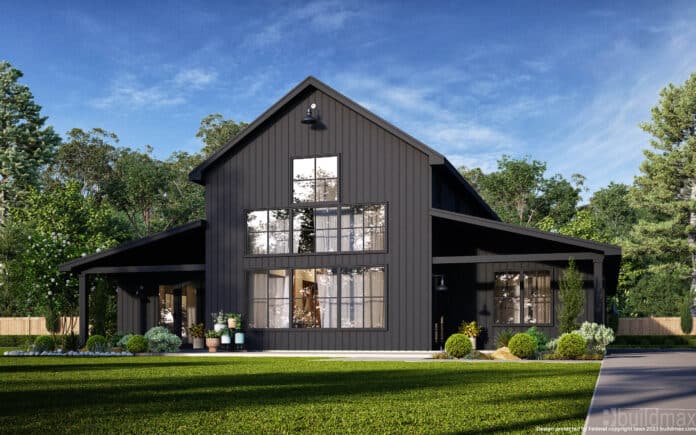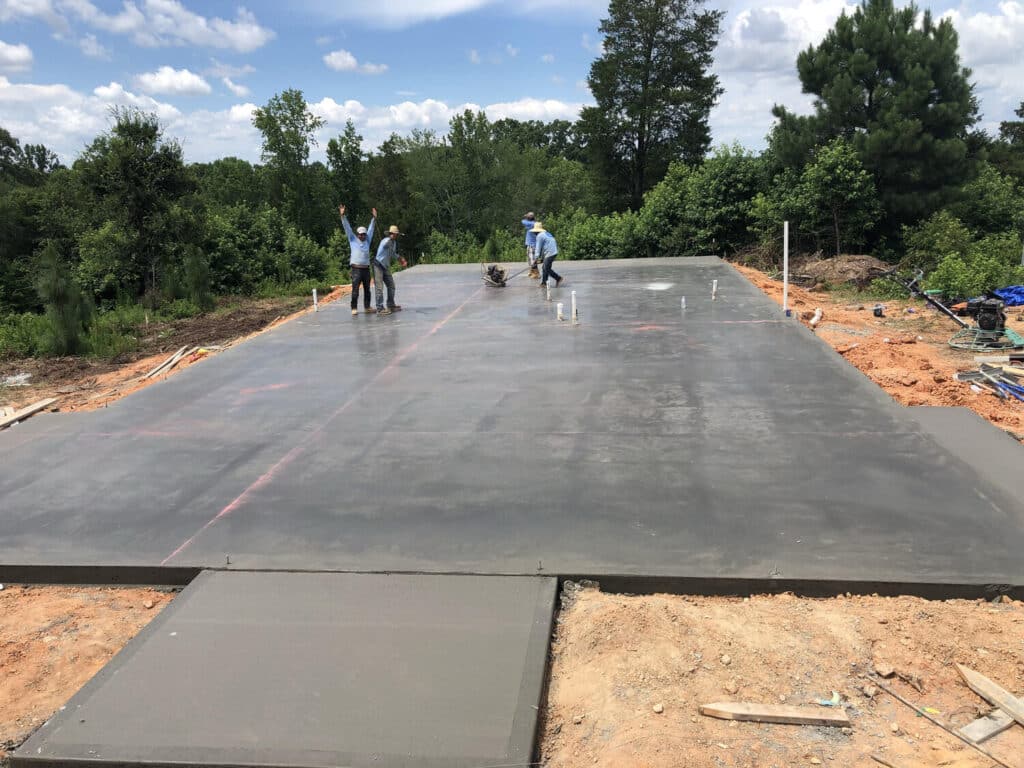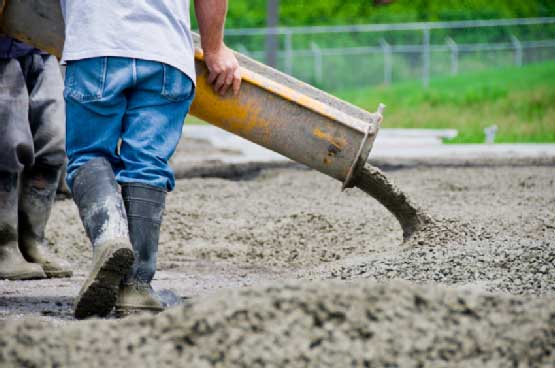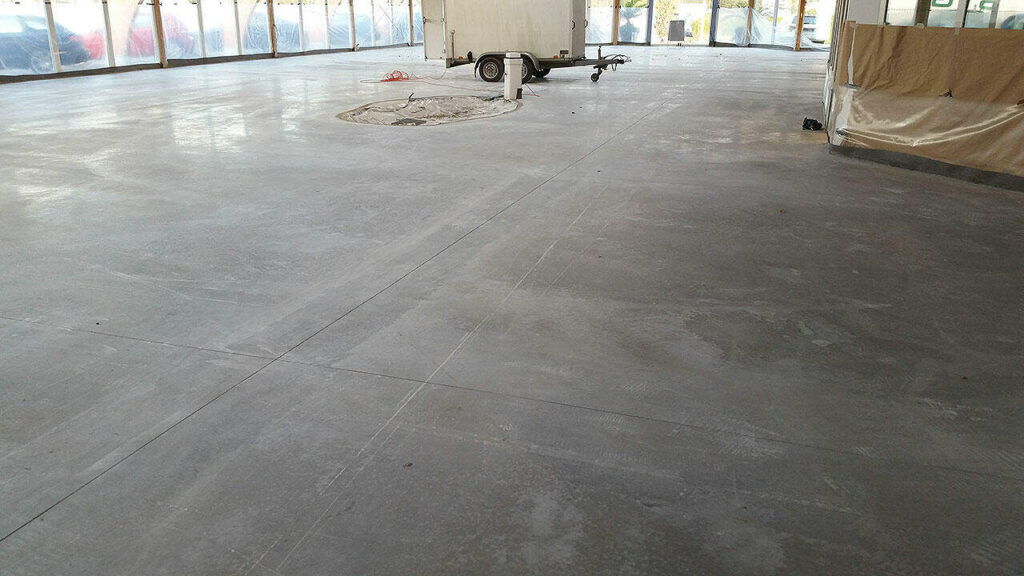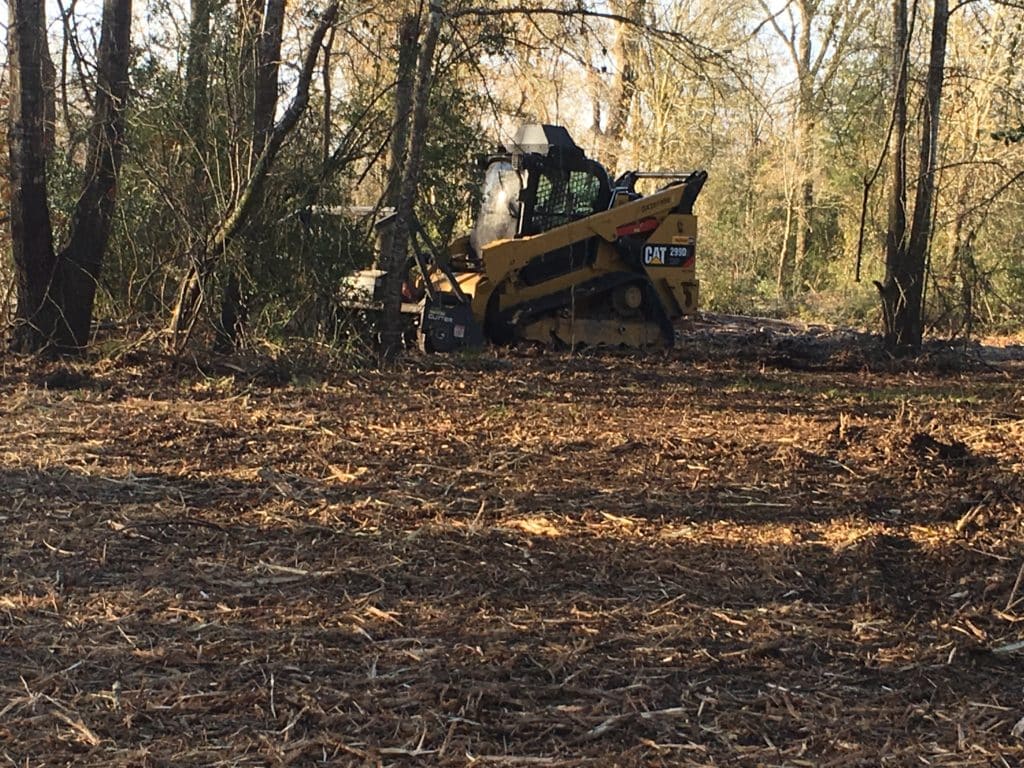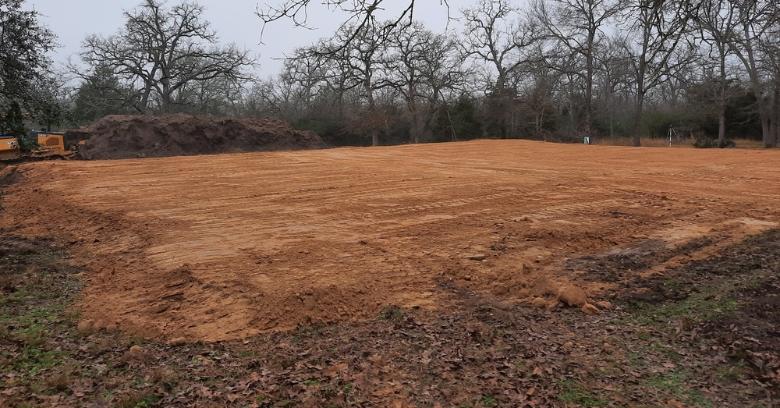Can a Barndominium Be Built on a Foundation?
Barndominiums, a blend of barns and condominiums, have surged in popularity due to their versatility, cost-effectiveness, and unique aesthetic appeal. They serve various purposes, from residential homes to workshops and event spaces. One common question that arises in the construction of these structures is whether they can be built on a foundation. The short answer is yes; barndominiums can be built on a foundation. However, the type of foundation typically used—most commonly a monolithic slab foundation—plays a significant role in their construction. This article will delve into the reasons behind this choice and explain the benefits of using a monolithic slab foundation for barndominiums.
Types of Foundations
Before we explore why monolithic slab foundations are prevalent, it’s essential to understand the different types of foundations available:
1. **Monolithic Slab Foundation**: This type of foundation involves pouring a single, continuous layer of concrete, that serves as both the floor and the support structure for the walls. The edges are thicker to support the load-bearing walls.
2. **Pier and Beam Foundation**: This foundation type uses piers (concrete or wooden posts) driven into the ground and beams that span between them to support the structure above. It’s often used in areas with unstable soil.
3. **Basement Foundation**: A basement foundation includes a full-height, below-ground-level space that can be used for additional living or storage space. It requires extensive excavation and construction but provides additional usable space.
4. **Crawl Space Foundation**: This foundation elevates the structure above the ground, creating a small space (crawl space) underneath. It’s useful for areas prone to flooding.
Why Monolithic Slab Foundations Are Preferred
Monolithic slab foundations are the most commonly used for barndominiums for several reasons:
1. Cost-Effectiveness
Building a monolithic slab foundation is generally more cost-effective compared to other types of foundations. The process requires less excavation and fewer materials, translating to lower labor and material costs. For those looking to build a barndominium on a budget, this can be a significant advantage.
2. Simplicity and Speed of Construction
The construction of a monolithic slab foundation is relatively straightforward and quick. Once the site is prepared and leveled, the concrete can be poured in a single day. This rapid turnaround reduces the overall construction time, allowing homeowners to move into their barndominium sooner.
3. Structural Integrity
Monolithic slabs provide a strong and stable foundation for barndominiums. The continuous pour of concrete minimizes the risk of shifting and settling, which can occur with other foundation types. The reinforced edges also ensure that the load-bearing walls are adequately supported, enhancing the structure’s overall durability.
4. Energy Efficiency
A monolithic slab foundation can contribute to the energy efficiency of a barndominium. The concrete slab acts as a thermal mass, absorbing heat during the day and releasing it at night, helping to regulate indoor temperatures. Additionally, the continuous nature of the slab reduces air infiltration, further enhancing energy efficiency.
5. Low Maintenance
Monolithic slab foundations are low maintenance compared to other types. There are no crawl spaces to inspect or piers to monitor for damage. The solid concrete slab is resistant to pests, such as termites, that can compromise wooden foundations.
How to Build a Barndominium on a Monolithic Slab Foundation
1. Site Preparation
The first step in constructing a monolithic slab foundation is site preparation. This involves clearing the land, leveling the site, and installing proper drainage to prevent water from accumulating under the foundation.
2. Formwork Installation
Next, formwork is installed to shape the concrete pour. This includes setting up wooden or metal forms around the perimeter of the foundation and placing rebar for reinforcement. The edges of the slab are typically made thicker to support load-bearing walls.
3. Pouring the Concrete
Once the formwork and reinforcement are in place, the concrete is poured in a continuous process. It’s crucial to ensure that the pour is done uniformly to avoid weak spots or cracks. The concrete is then leveled and smoothed to create a flat, even surface.
4. Curing the Concrete
After pouring, the concrete must cure properly to achieve its full strength. This process can take several days, during which the slab should be kept moist and protected from extreme temperatures. Proper curing is essential for the long-term durability of the foundation.
5. Building the Barndominium
With the monolithic slab foundation in place, the construction of the barndominium can proceed. The slab serves as both the floor and the support for the structure, providing a stable and reliable base for the walls and roof.
Barndominiums can indeed be built on a foundation, and the monolithic slab foundation is the most common choice due to its cost-effectiveness, simplicity, structural integrity, energy efficiency, and low maintenance requirements. By understanding the benefits of this foundation type and following the proper construction steps, homeowners can ensure that their barndominium is built on a solid and reliable base, ready to provide comfort and functionality for years to come.



